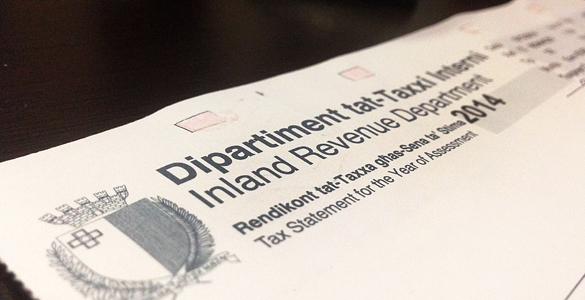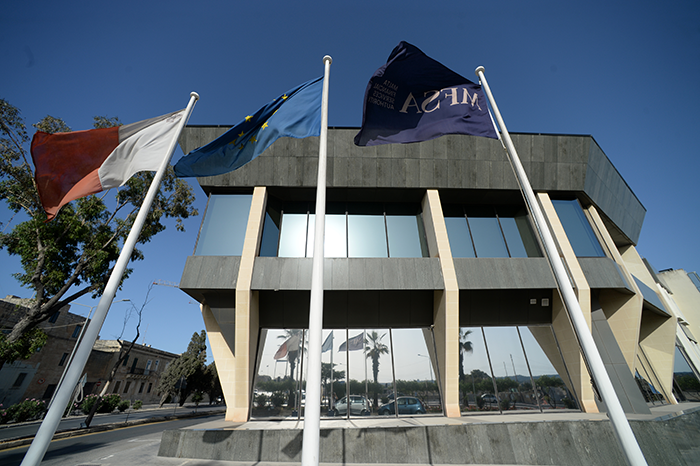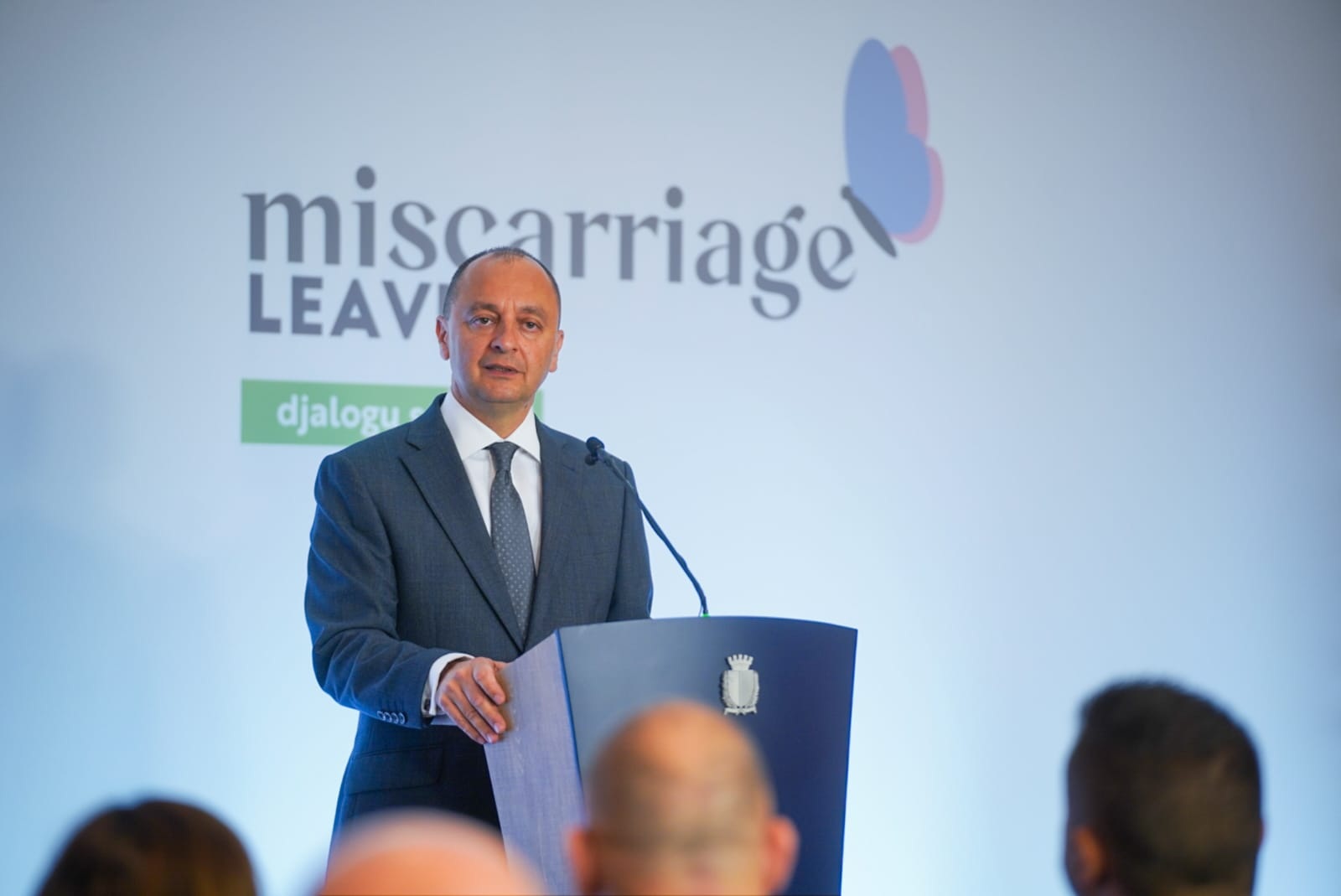Malta’s tax refund system has yielded an average of around €215 million in Government revenues over the last seven years, with companies taking advantage of the attractive scheme to reduce their tax exposure and effectively cut their tax bill drastically.
In information tabled in Parliament by Finance and Employment Minister Clyde Caruana, he revealed that there are currently over 8,000 companies whose shareholders are registered to receive a 6/7ths discount on their tax bill, bringing the effective tax rate down to just five per cent – the lowest in Europe.
These foreign-owned companies collectively saved €13 billion on their tax bills between 2008 and 2022, with the Maltese state bringing in €2.2 billion over the same period.
It is difficult, if not impossible, to calculate what the Maltese Government’s tax revenues would have been had the scheme not been in effect. Certainly, a large number of these firms would most likely not be present in Malta at all were it not for its benefits, but not all companies with foreign shareholders are based in Malta just for the tax rate.
In 2022, the last year for which data is available, the total tax due by these companies in Maltese under the standard 35 per cent rate was €1.5 billion, but this became just €216 million once the refund was taken into account.
The previous year was a record year for the scheme, which brought in €259 million in actual tax revenue.
| Tax at 35% | Tax after 30% refund | |
| € | € | |
| 2008 | 276,753,298 | 39,536,185 |
| 2009 | 321,832,174 | 45,976,025 |
| 2010 | 321,832,174 | 52,596,911 |
| 2011 | 444,240,138 | 63,462,877 |
| 2012 | 746,361,599 | 106,623,086 |
| 2013 | 860,643,582 | 122,949,083 |
| 2014 | 1,014,717,813 | 144,959,688 |
| 2015 | 996,609,919 | 142,372,846 |
| 2016 | 1,199,599,431 | 171,371,347 |
| 2017 | 1,631,085,992 | 233,012,285 |
| 2018 | 1,233,428,951 | 176,204,136 |
| 2019 | 1,470,013,170 | 210,001,881 |
| 2020 | 1,507,427,214 | 215,346,745 |
| 2021 | 1,816,318,157 | 259,474,022 |
| 2022 | 1,516,259,086 | 216,608,441 |
Minister Caruana provided the information in response to a parliamentary question posed by Opposition MP Bernice Bonello, who also serves as Shadow Minister for Youths and the Creation of New Open Spaces.
While the 6/7th refund is the most common, there are other options available, depending on a number of criteria. Minister Caruana specified that the information presented related to that specific band; it is not clear how different the figures would be were the other refund ratios included.
The scheme has come in for a lot of criticism from other governments, which view it as a means for companies to avoid paying their due taxes in the countries their profits are generated in.
Under new agreements by the member countries of the Organisation for Economic and Social Cooperation and the European Union, national governments will be obliged to levy a minimum 15 per cent tax rate on multinational corporations with over €750 million in total profits.
Originally slated to come into effect this year, Minister Caruana has made it clear that Malta will be introducing the new rate in a few years. The delay, it is hoped, will mitigate the effect on the Maltese economy and give the Government enough time to craft a new system that helps the country retain its competitive edge while being in line with the new rules.
Standard corporate tax income
Replying to a separate question, Minister Caruana revealed that there were 42,595 active companies pay the standard 35 per cent tax rate as at the end of 2022. Together, these employed 223,772 people.
The statistics shared in Parliament show that the Government’s total tax income has increased steadily since 2008, with only 2016 and 2020 registering decreases.
In total, the tax revenue from companies paying the standard rate has almost quadrupled over the last 15 years, rising from €122 million in 2008 to €471 million in 2022.
Online shopping drives package deliveries up by 19%
Overall mail volumes fell from 6.9 to 6.1 million year-on-year
MFSA issues warning over Malta Capital Management Limited as unlicensed entity
Malta Capital Management Limited's license had been officially cancelled 5 years ago due to regulatory deficiencies
Government proposes new paid miscarriage leave for both partners
The entitlement will cover workers in both the public and private sectors






